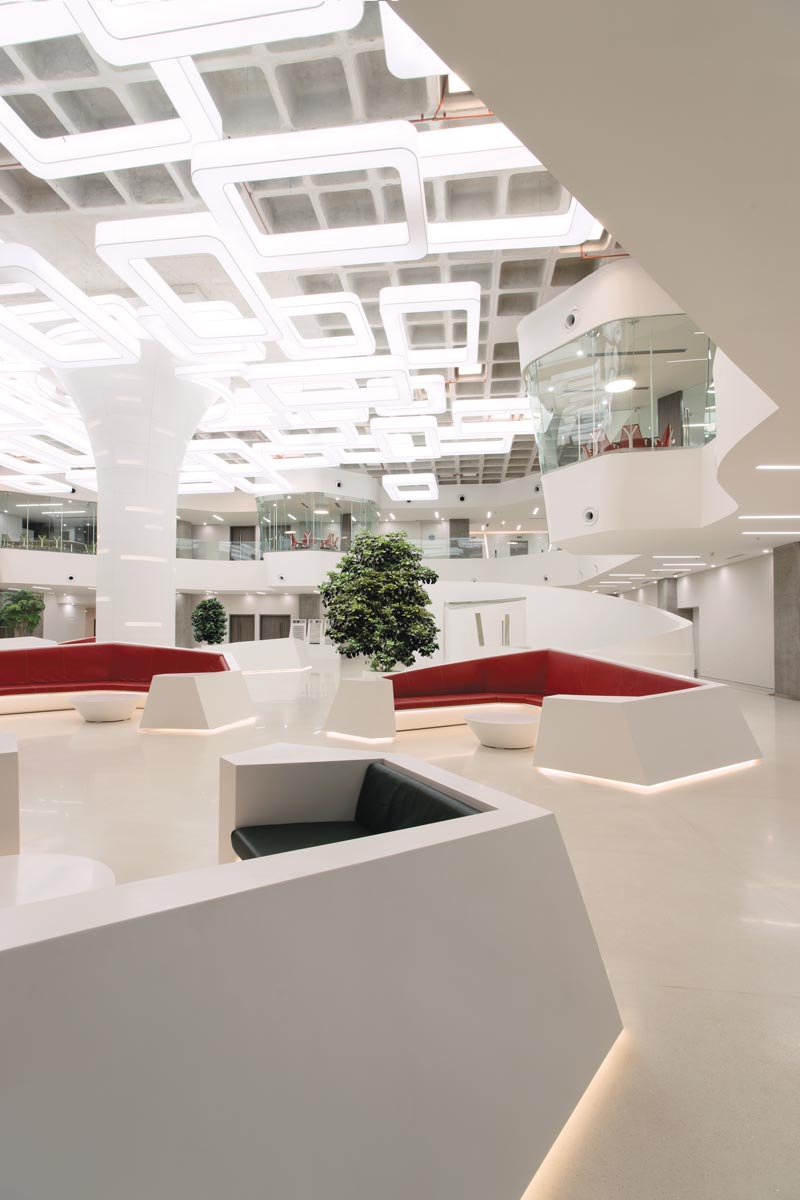
We were the incubator of modernist architecture, with one of its largest experiments that unfolded in Chandigarh with Louis Kahn, IIM, Ahmedabad. Whether the ensuing decades leapfrogged Indian architecture to a purported greater height is debatable. The discussion is not about those icons as appropriate for India, but, did we, as a nation, lose the opportunity to be the design leader and drive innovation across communities?

Reflected Topography-BGRT, Bangalore
With technology, we could do complex projects within a reasonable cost-time frame work. Technology also drives collaborations at multiple levels across the profession. It also drives extreme transparency in the otherwise closed system.
The traditional materials like brick, stone, bamboo, mud, and timber are here to stay, while the material science is going to drive material innovation to new levels in the coming decade.
Construction techniques like Precast, PEB, Drywall, etc would, to some extent, compress the time of construction, and would be able to deliver better quality finished buildings. A word of caution though, as these technologies are highly modular in nature, and more often than not, result in a drab pile of boxes.
It is high time that we make housing a fundamental human right in our country and collectively strive to meet the goal in the next 10 years. Liveable cities should be our priority as 70 percent of the country’s population is going to be concentrated in our urban centres.















